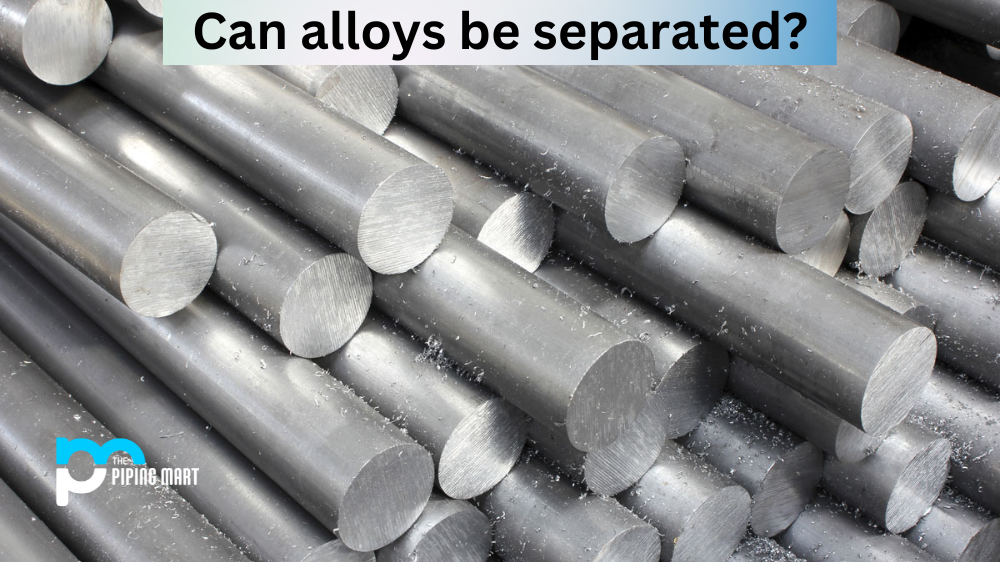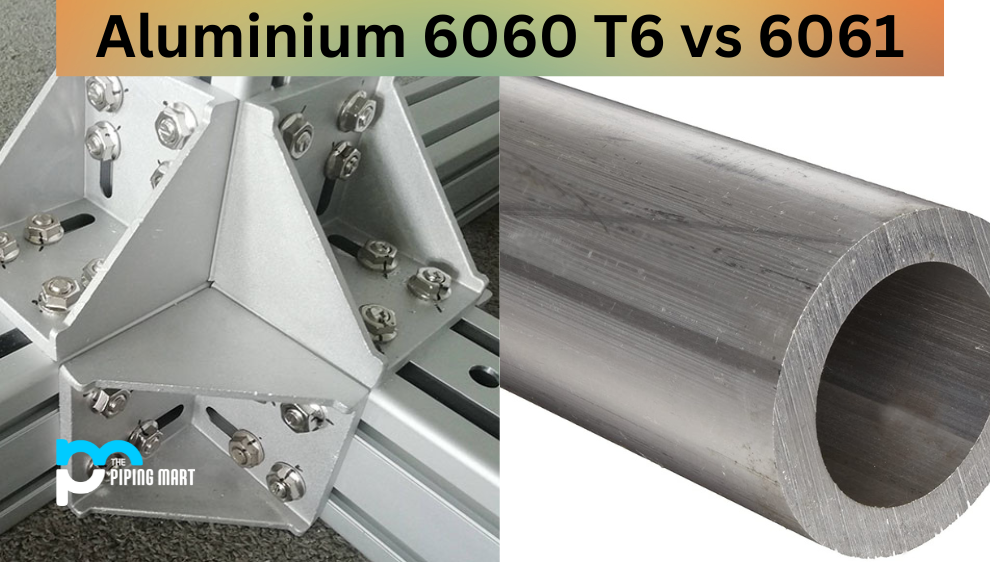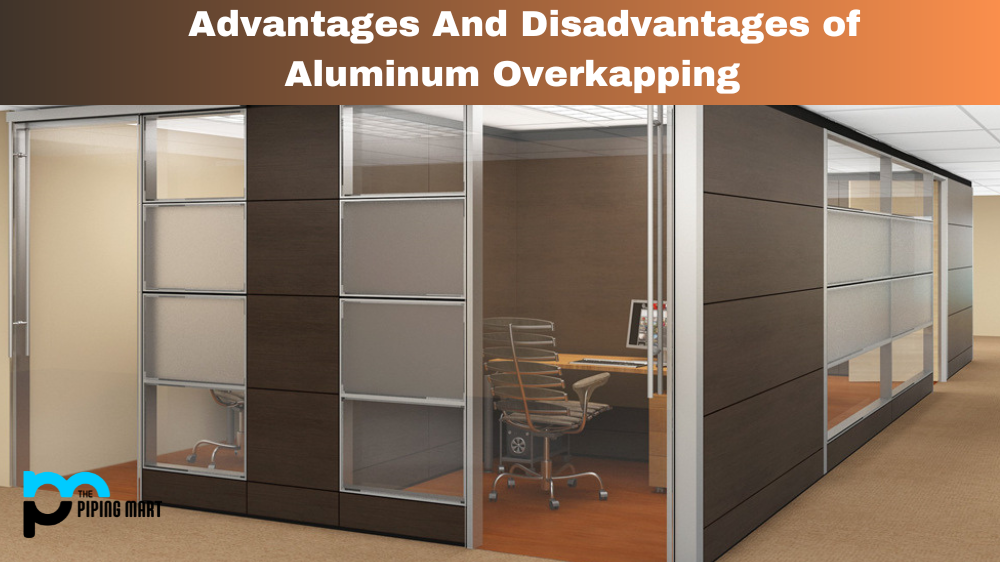Alloys are materials that are created by combining two or more elements. They have a variety of uses, from industrial applications to jewelry making. But can alloys be separated? In this blog post, we’ll explore the answer to this question and talk about some of the processes that are used to separate alloys.
The short answer is yes, alloys can be separated! However, it’s important to note that each alloy has its own unique properties and composition, so the process for separating them will vary based on these factors. Generally speaking, there are three common methods used to separate alloys: physical separation, chemical separation, and thermal separation.
Physical Separation
This method involves physically separating the components of an alloy by hand. This includes methods like sieving or filtration or using a magnet to separate magnetic components from non-magnetic ones. Physical separation is often used when dealing with relatively small amounts of alloy material.
Chemical Separation
This method involves using chemicals—such as acids or bases—to dissolve certain components from an alloy. This process is specifically useful for metals like gold and silver because they can be dissolved in acid without changing their form too much. The resulting solution can then be filtered or evaporated off to leave behind just the pure metal component you want to isolate.
Thermal Separation
This method involves heating up an alloy until it melts and then separating out the components with different melting points by cooling them at different rates in a controlled environment (like a vacuum). This process is often used for complex alloys that contain multiple metals with different melting points—such as brass or bronze—because it’s more efficient than using physical or chemical separation methods alone.
Conclusion:
Alloys can be separated into their individual elements using physical, chemical, and thermal separation techniques. Each technique has its own advantages and disadvantages, which makes it important to consider your needs carefully before deciding which method would work best for your particular application. Ultimately though, all three techniques have been proven effective in separating alloys into their individual components, so no matter which one you choose, you should get good results!

Abhishek is a seasoned blogger and industry expert, sharing his insights and knowledge on various topics. With his research, Abhishek offers valuable insights and tips for professionals and enthusiasts. Follow him for expert advice on the latest trends and developments in the metal industry.




